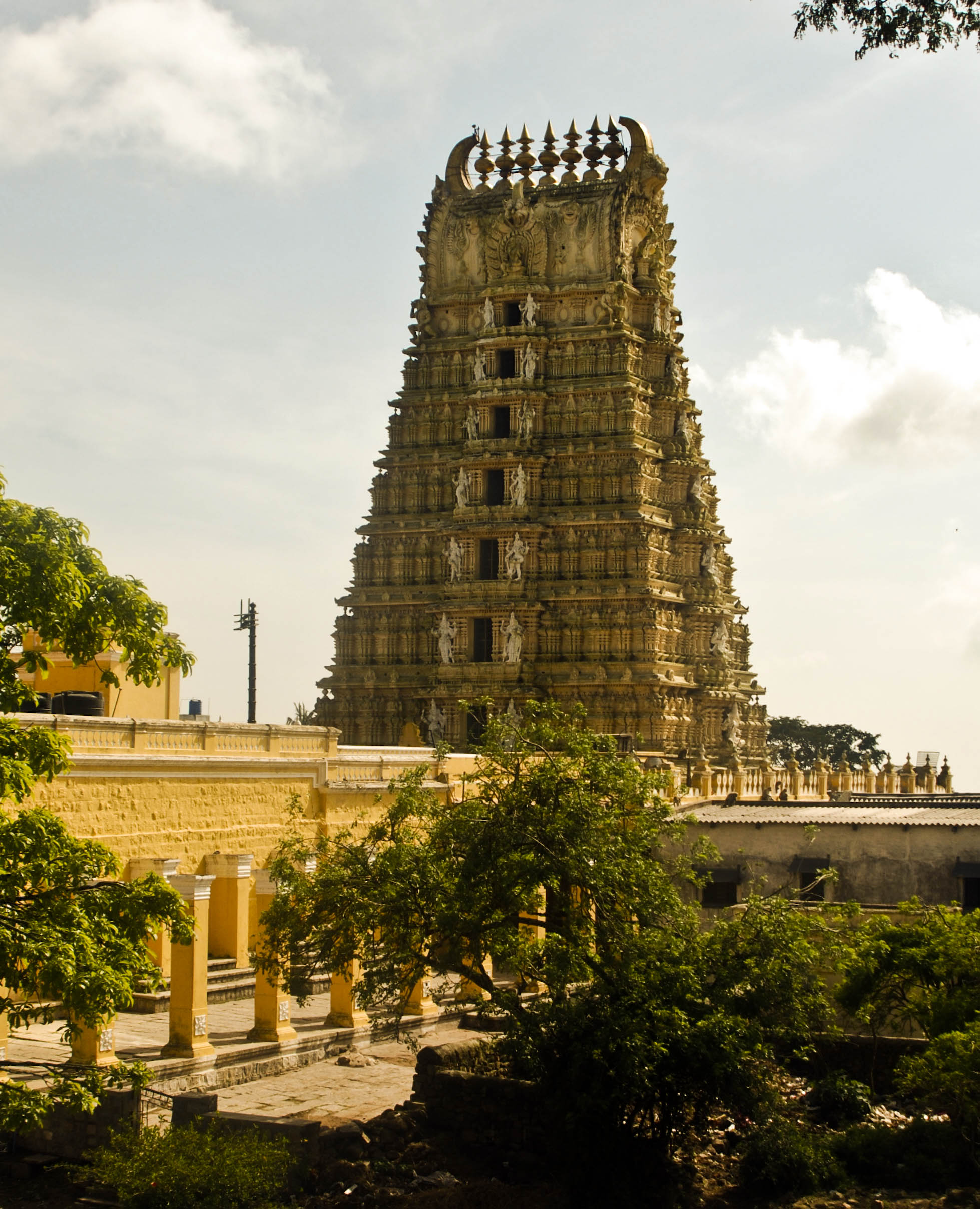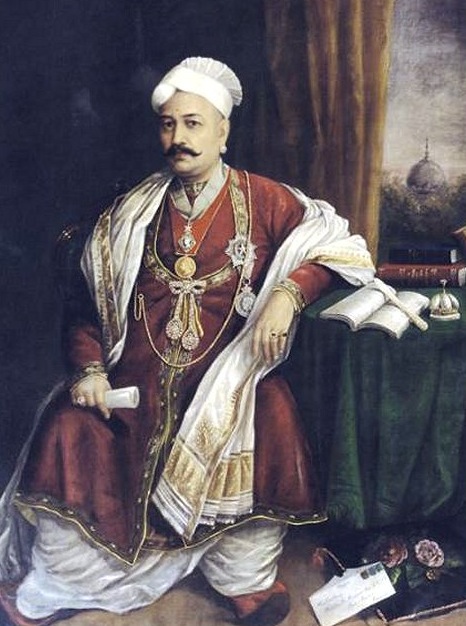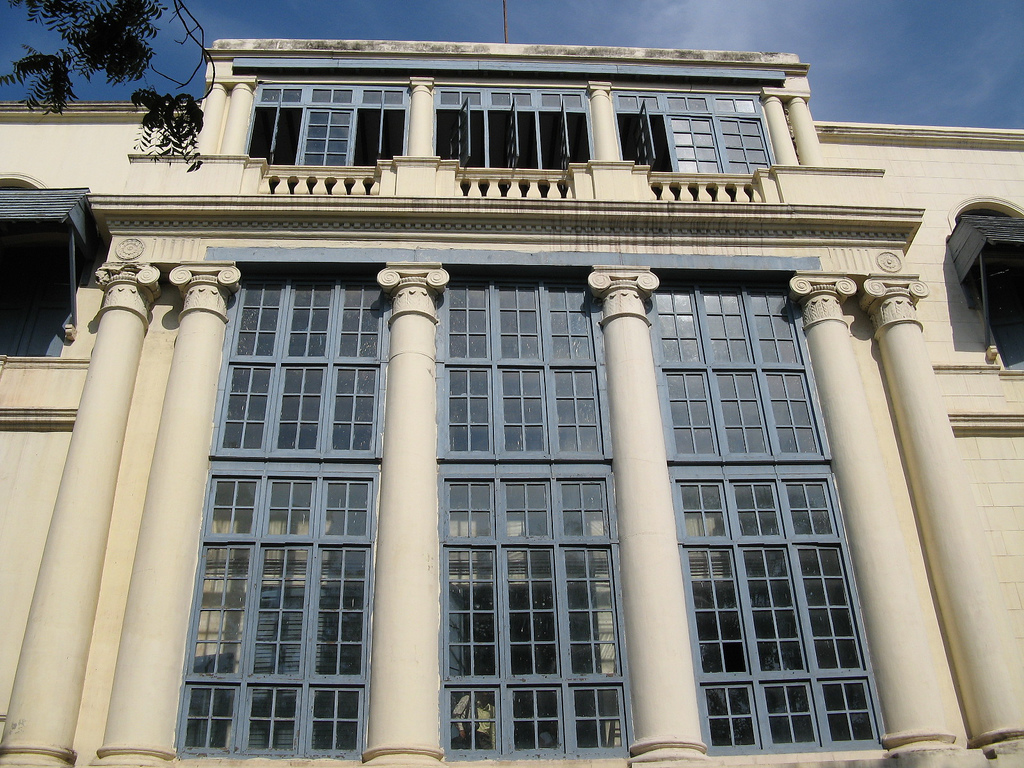|
Navaratna Rama Rao
Navaratna Rama Rao (27 May 1877 – 1960) was an eminent Indian political leader and writer based in Mysore. The title "Navaratna", which means ''Nine Gems'', was given to him by the seer of Uttaradi Mutt for the scholarly services rendered to the orthodox Deshastha Madhwa Brahmin Society by the nine scholar-brothers in that family. Career He was a member of the legislative council ( senior parliament of India) and a close ally of the Maharaja of Mysore during his career with a significant influence on the government. Born in 1877, Rao descended from Deshastha Madhwa Brahmins. He attended Central College of Bangalore along with C. Rajagopalachari, who would become a lifelong friend, and was influenced by Scottish teacher John Guthrie Tait. He received his law degree in Madras and subsequently practiced in Salem, Tamil Nadu. He retired in 1951 and his memoirs were published by Masti Venkatesha Iyengar, who was a close friend. Rama Rao passed the Mysore Civil Services Exam ... [...More Info...] [...Related Items...] OR: [Wikipedia] [Google] [Baidu] |
Mysore
Mysore (), officially Mysuru (), is a city in the southern part of the state of Karnataka, India. Mysore city is geographically located between 12° 18′ 26″ north latitude and 76° 38′ 59″ east longitude. It is located at an altitude of above mean sea level. Mysore is situated at the foothills of Chamundi Hills about towards the southwest of Bangalore and spread across an area of . Mysore City Corporation is responsible for the civic administration of the city, which is also the headquarters of Mysore district and Mysore division. It served as the capital city of the Kingdom of Mysore for nearly six centuries from 1399 until 1956. The Kingdom was ruled by the Wadiyar dynasty, with a brief period of interregnum in the late 18th century when Hyder Ali and Tipu Sultan were in power. The Wadiyars were patrons of art and culture. Tipu Sultan and Hyder Ali also contributed significantly to the cultural and economic growth of the city and the state by planting ... [...More Info...] [...Related Items...] OR: [Wikipedia] [Google] [Baidu] |
Deshastha
Deshastha Brahmin is a Hindu Brahmin subcaste mainly from the Indian state of Maharashtra and northern area of the state of Karnataka. Other than these states, according to authors K. S. Singh, Gregory Naik and Pran Nath Chopra, Deshastha Brahmins are also concentrated in the states of Telangana , Andhra Pradesh and Madhya Pradesh Author Pran Nath Chopra and journalist Pritish Nandy says, "Most of the well-known saints from Maharashtra, Karnataka and Andhra Pradesh were Deshastha Brahmins". The mother tongue of Deshastha Brahmins is either Marathi or Kannada. Some Deshasthas who settled in Telugu states also adopted Telugu as their mother tongue. Over the millennia, the Deshastha community has produced Mathematicians such as Bhāskara II, Sanskrit scholars such as Bhavabhuti; Bhakti saints such as Dnyaneshwar, Sripadaraja, Eknath, Purandara Dasa, Samarth Ramdas and Vijaya Dasa; Logicians such as Jayatirtha and Vyasatirtha. The traditional occupation of Deshastha Brahmi ... [...More Info...] [...Related Items...] OR: [Wikipedia] [Google] [Baidu] |
Madhwa Brahmin
Madhva Brahmins (also often referred as Madhvas or Sadh-Vaishnavas), are Hindu Brahmin communities in India, who follow Sadh Vaishnavism and Dvaita philosophy propounded by Madhvacharya. They are found mostly in the Indian states of Karnataka, Maharashtra, Goa, Tamil Nadu, Kerala, Telangana and Andhra Pradesh. History The Madhwa community traces its philosophical origins to Madhvacharya, the first said Sadh Vaishnava acharya, who lived around 13th century. The Ashta Mathas of Udupi were established by Madhvacharya by his disciples. Other Acharyas who established mathas after Madhvacharya include Padmanabha Tirtha, Naraharitirtha, Akshobhya Tirtha, Jayatirtha, Sripadaraja, Vyasatirtha, Vadiraja Tirtha, Vijayendra Tirtha, Raghavendra Tirtha. The affiliations of the Madhwa philosophy extended in the form of temples and monasteries from Udupi in the South India to Dwaraka in West India to Gaya in the East India to Badrinath in the North India. The town of Udupi is famous f ... [...More Info...] [...Related Items...] OR: [Wikipedia] [Google] [Baidu] |
Central College Of Bangalore
Central College Bengaluru (1858) is one of the oldest colleges in India. This college was originally affiliated to University of Mysore in Mysore State. Rev. John Garrett was the first principal of the Central High School, which was afterwards renamed Central College. In 1964, with the reorganization of the Indian state and the formation of Karnataka, Central College was transferred to Bangalore University, a new university formed in 1965 to meet the needs of the people of Bengaluru. Initially, the two colleges of the city, the Central College (CC) and the University Visvesvaraya College of Engineering (UVCE) formed the nucleus of Bangalore University. History The Central College, Bengaluru was started in 1886 by the British government to award University Degrees. It was renamed as the Bangalore University from Central College, Bangalore by the University Grants Commission (India) on 10 July 1964 by the government under the then State of Mysore to consolidate institutions of h ... [...More Info...] [...Related Items...] OR: [Wikipedia] [Google] [Baidu] |
John Guthrie Tait
John "Jack" Guthrie Tait (24 August 1861 – 4 October 1945) V.D. was a Scottish educator who became principal of the Central College of Bangalore prior to the First World War. In his early adulthood, Tait was a notable sportsman playing rugby union as a forward for Cambridge University and represented the Scotland international team twice between 1880 and 1885. As well as being a talented rugby player, Tait was, like his brother Frederick Guthrie Tait, a notable amateur golfer. Personal history Tait was born in Edinburgh in 1861, the eldest son of Scottish mathematical physicist Peter Guthrie Tait and Margaret Archer Porter. He was educated at the Edinburgh Academy from 1871 to 1877 before studying Law at Peterhouse, Cambridge, from 1880. He received his BA in 1884, and on 7 November the same year was admitted at Lincoln's Inn. Tait was called to The Bar on 25 April 1888 and was awarded his MA in 1890. In 1890 he travelled to India and took up a post in the Government Educa ... [...More Info...] [...Related Items...] OR: [Wikipedia] [Google] [Baidu] |
Chennai
Chennai (, ), formerly known as Madras ( the official name until 1996), is the capital city of Tamil Nadu, the southernmost Indian state. The largest city of the state in area and population, Chennai is located on the Coromandel Coast of the Bay of Bengal. According to the 2011 Indian census, Chennai is the sixth-most populous city in the country and forms the fourth-most populous urban agglomeration. The Greater Chennai Corporation is the civic body responsible for the city; it is the oldest city corporation of India, established in 1688—the second oldest in the world after London. The city of Chennai is coterminous with Chennai district, which together with the adjoining suburbs constitutes the Chennai Metropolitan Area, the 36th-largest urban area in the world by population and one of the largest metropolitan economies of India. The traditional and de facto gateway of South India, Chennai is among the most-visited Indian cities by foreign tourists. It was rank ... [...More Info...] [...Related Items...] OR: [Wikipedia] [Google] [Baidu] |
Salem, Tamil Nadu
Salem (), is a major city in Salem district, located on the banks of Thirumanimutharu river in the Indian state of Tamil Nadu. Salem is the sixth largest urban agglomeration and metropolitan city in the state by population next to Chennai, Coimbatore, Madurai, Tiruchirappalli and Tiruppur and the sixth largest city in Tamil Nadu by area covering . History Early period During the third century BCE, there was period of Bogar – a notable Tamil Siddhar and at that time Jainism and Buddhism arrived. Around the beginning of the common era, the existence of a culturally and economically advanced society in Salem two thousand years ago is evident from the discovery of silver coins of the Roman Emperor Tiberices Claudices Nero (37–68 CE) in Koneripatti of Salem in 1987. Later Pandya dynasty started ruling the region around Salem. Later Pallava dynasty rises in Salem. After that Mahendra Varma Pallava came to Salem and Saivite principles rise. After Mahednra Varma Pallava, Na ... [...More Info...] [...Related Items...] OR: [Wikipedia] [Google] [Baidu] |
Masti Venkatesha Iyengar
Masti Venkatesha Iyengar (6 June 1891 – 6 June 1986) was a well-known writer in Kannada language. He was the fourth among Kannada writers to be honored with the Jnanpith Award, the highest literary honor conferred in India. He was popularly referred to as ''Maasti Kannadada Aasti'' which means "Maasti, Kannada's Treasure". He is most renowned for his short stories. He wrote under the pen name ''Srinivasa''. He was honoured with the title ''Rajasevasakta'' by then Maharaja of Mysore Nalvadi Krishnaraja Wadeyar. Early life and education Maasti was born in 1891 at Hungenahalli in Kolar district of Karnataka in a Tamil speaking Sri Vaishnavaite Brahmin family. He spent his early childhood in Maasti village. He obtained a master's degree in English literature (Arts) in 1914 from Madras University. After joining the Indian Civil Service (Known as the Mysore Civil Service in the days of the Maharaja of Mysore), he held various positions of responsibility in different parts of Karn ... [...More Info...] [...Related Items...] OR: [Wikipedia] [Google] [Baidu] |
Kannada
Kannada (; ಕನ್ನಡ, ), originally romanised Canarese, is a Dravidian language spoken predominantly by the people of Karnataka in southwestern India, with minorities in all neighbouring states. It has around 47 million native speakers, and was additionally a second or third language for around 13 million non-native speakers in Karnataka. Kannada was the court language of some of the most powerful dynasties of south and central India, namely the Kadambas, Chalukyas, Rashtrakutas, Yadava Dynasty or Seunas, Western Ganga dynasty, Wodeyars of Mysore, Nayakas of Keladi Hoysalas and the Vijayanagara empire. The official and administrative language of the state of Karnataka, it also has scheduled status in India and has been included among the country's designated classical languages.Kuiper (2011), p. 74R Zydenbos in Cushman S, Cavanagh C, Ramazani J, Rouzer P, ''The Princeton Encyclopedia of Poetry and Poetics: Fourth Edition'', p. 767, Princeton Un ... [...More Info...] [...Related Items...] OR: [Wikipedia] [Google] [Baidu] |
Sanskrit
Sanskrit (; attributively , ; nominalization, nominally , , ) is a classical language belonging to the Indo-Aryan languages, Indo-Aryan branch of the Indo-European languages. It arose in South Asia after its predecessor languages had Trans-cultural diffusion, diffused there from the northwest in the late Bronze Age#South Asia, Bronze Age. Sanskrit is the sacred language of Hinduism, the language of classical Hindu philosophy, and of historical texts of Buddhism and Jainism. It was a lingua franca, link language in ancient and medieval South Asia, and upon transmission of Hindu and Buddhist culture to Southeast Asia, East Asia and Central Asia in the early medieval era, it became a language of religion and high culture, and of the political elites in some of these regions. As a result, Sanskrit had a lasting impact on the languages of South Asia, Southeast Asia and East Asia, especially in their formal and learned vocabularies. Sanskrit generally connotes several Indo-Aryan lang ... [...More Info...] [...Related Items...] OR: [Wikipedia] [Google] [Baidu] |
Navaratna Srinivasa Rajaram
Navaratna Srinivasa Rajaram (22 September 1943 – 11 December 2019) was an Indian academic and a Hindutva ideologue. He is notable for propounding the "Indigenous Aryans" hypothesis, asserting that the Vedic period was extremely advanced from a scientific view-point, and claiming of having deciphered the Indus script. Academics find his scholarship to be composed of dishonest polemics in service of a communal agenda. Personal life Rajaram was born on 22 September 1943 into a Deshastha Madhva Brahmin family in Mysore. His grandfather Navaratna Rama Rao was a colonial scholar and vernacular author of regional fame. Rajaram held a Ph.D. degree in mathematics from Indiana University and taught in American universities for over 20 years, including stints at Kent State University and Lockheed Corporation. He died in Bengaluru on 11 December 2019 at the age of 76. Indology Rajaram extensively published on topics related to ancient Indian history and Indian archaeology, alleging a ... [...More Info...] [...Related Items...] OR: [Wikipedia] [Google] [Baidu] |






_Lake.jpg)

